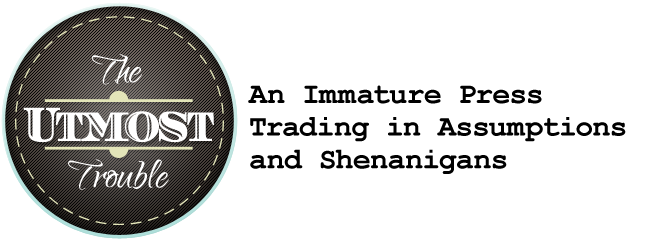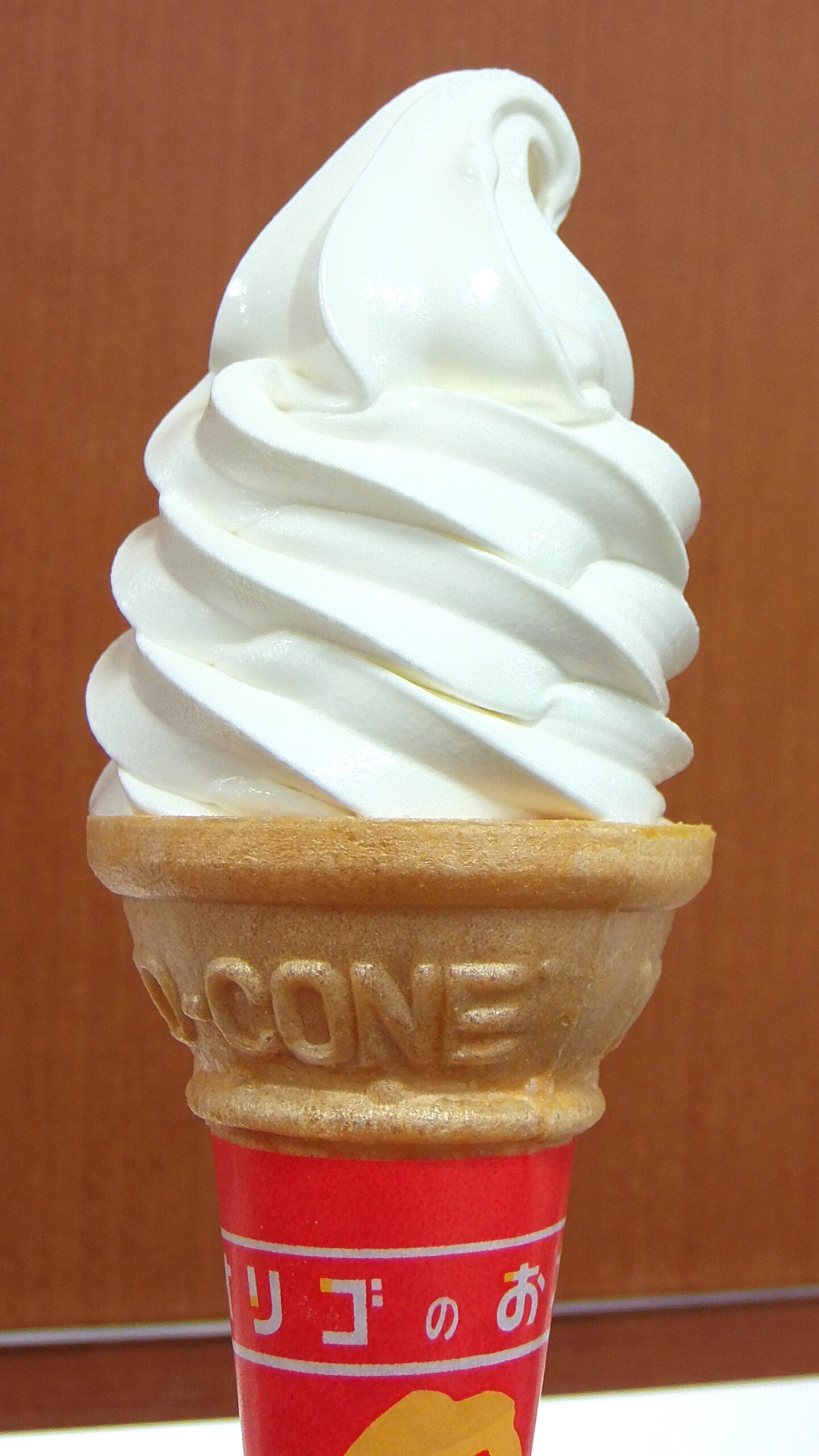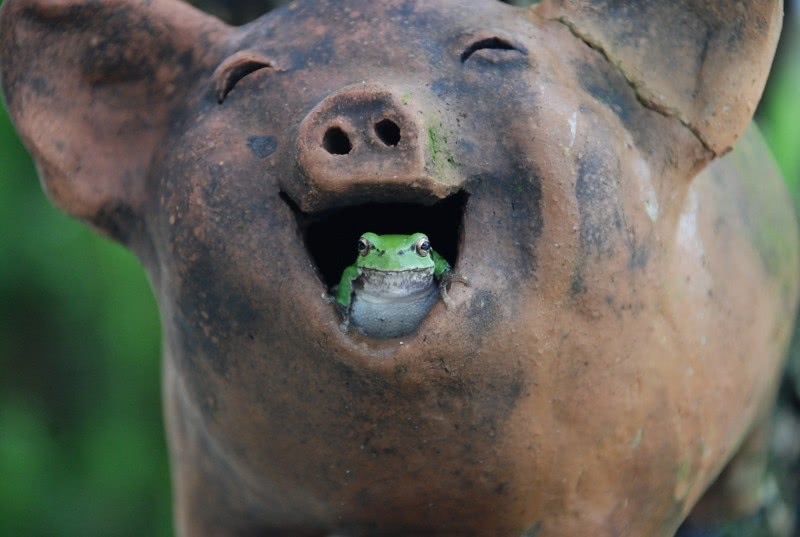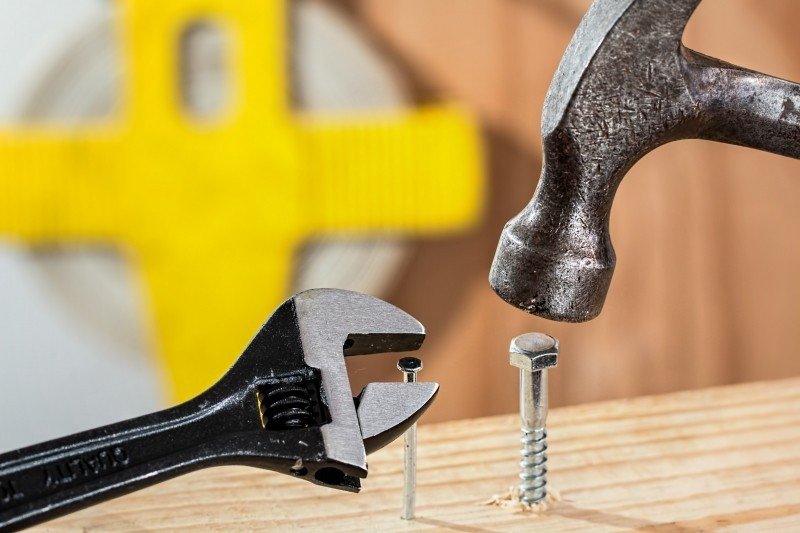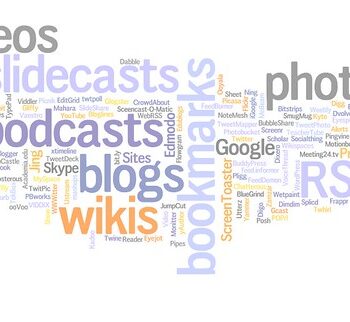With the rapid growth in technology these days, its hard to say which are necessary in our everyday life. There’s mechanical toothbrushes, egg-crackers, and blow drying toilets (interested? Go here http://walyou.com/lazy-gadgets/). It is easy to say that technology is beginning to take certain customs and traditions away from us as well as making us increasingly lazy. One controversial “new use” for technology is it’s role in art. A relatively new device called the “tablet” ( not to be confused with other tablets) which is used by many artist as a digital alternative to drawing and other forms of artwork. Its not only the tablet, but digital art as a whole. Both traditionally done and digitally done work are equally beautiful but the question lies in which is more difficult and or genuine. Some call it lazy, some call it a short cut, and some call it just modernization.
.When being a traditional artist things can start to get expensive. The cost of brushes, paint, canvases, pencils, etc., can definitely pile up if one isn’t making a sufficient amount of income. It is like an investment. An artist will invest in all the equipment they need to later be able to either sell or exhibit their work. Its hard to call it a job when you’re not making anything. On the other hand we have digital art which can also be just as expensive, if not more than traditional. The cost of a tablet, software, and plugins can also prove to be pretty expensive after a wile. Whether an artist chooses to take the digital or traditional path there must be some sacrifices. This is where another issue comes into play effort and dedication.
” It takes a person who is willing to spend hour after hour trying to get the same brush stokes on a canvas as it does on the computer screen in 10 minutes. “
.There are plenty of shortcuts when it comes to going digital and many argue that this makes digital art less genuine, less creditable. Many could argue that the special paint brushes (which could be just about anything from grass to clouds), patters, and filters seen in programs such as Photoshop are lazy shortcuts that take little skill to produce when in fact it is just as difficult. Who do you think makes these patters, the clouds under the brush presets, and filters? It takes time to be able to make those before being able to use them over an over again. The effort needs to be put into it to be able to enjoy it later on. One must also have the ability to put those tools to use. It is not just splashing things together–the same knowledge of composition, and the same rules and values are practiced when creating a piece of work. To be able to do digital art and completely understand it one also needs to know what there is to know about traditional art. Apart from the artistic part there is also the technical part that needs to be understood. It can be hard for some people to get around the software so that can also take a lot bookwork and tutorials to understand.
On the flip side Traditional work also has it’s difficult points. For one, everything needs to be done by hand. There’s no mouse and definitely no control+z (undo for those of you traditional workers). There’s definitely a need to be more precise and careful when dealing with the traditional methods because it is there as you see it–there’s no manipulating involved other than the manipulating one does with their tools. Its hard to say whether or not traditional work takes more skill but it definitely takes a different kind of person. It takes a person who is willing to spend hour after hour trying to get the same brush stokes on a canvas as it does on the computer screen in 10 minutes. It takes a person who is willing to risk brain damage with the fierce perfume of the art room–in other words deal with the terrible smell of chemicals, paint thinners, and mineral spirits ( although carpel tunnel is something digital artist need be wary of as well ). It also takes a person who is willing to give their heart and soul to their work–not that digital artists don’t but it definitely takes a different kind of dedication.
Despite the two method’s differences, both of them can come together to make one great piece as well. Finished art can be scanned and modified onto the computer–not just painting and drawings but photography and other forms of art. People can go to several different software and edit their work, spruce it up, whatever they want to make their work look ready and solid. Both are good methods to producing art and currently times often call for modernization–which can require knowledge, understanding, and acceptance of both.
